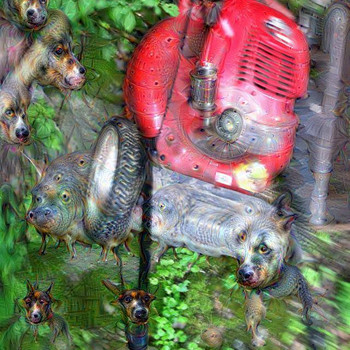Question #702b1
1 Answer
Kirchhoff's Current Law states that the amount of current flowing into any node is equal to the amount of current flowing out of that node. In a closed circuit, this means that all the current flowing out from one side of the battery will flow back to the other side of the battery. And you already know that the voltage at each terminal of the battery is very different.
Energy is lost as the current passes through resisters in the circuit. The voltage drops across these parts of the circuit. And typically these heat up.
This may be a little easier when you understand that current is really the flow of tiny pieces of charge; electrons. Some number of electrons are pushed out of one terminal of the battery by the electric field (the voltage). If the circuit is closed, they all flow around the circuit and come back to the battery.
Incidentally, if there were some other paths for electricity to flow, you could still think of it as a simple closed circuit. You just have to imagine your closed circuit including lots of other elements. A malfunctioning toaster may give you a zap. In this case the closed circuit includes not just the path from one prong of the outlet to the other. It includes a path from your hand through your body, and perhaps through your bare feet touching something conductive in the floor, down through the ground, and (most directly) to a grounding rod attached to your electric service meter. (This is very dangerous and you should get a new toaster or have it repaired.)

